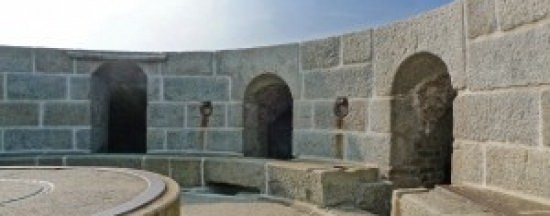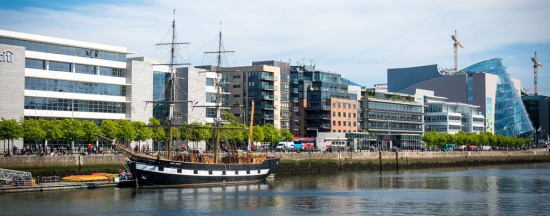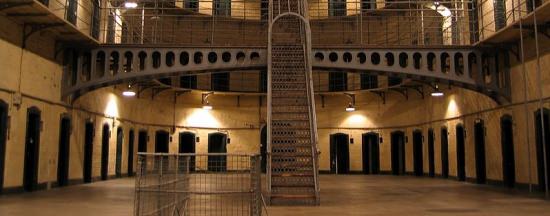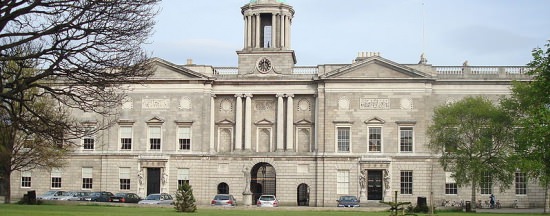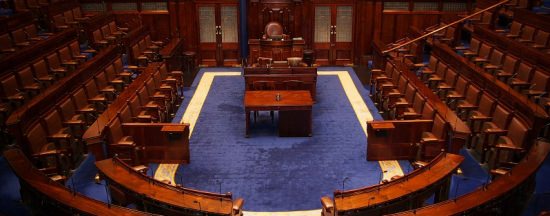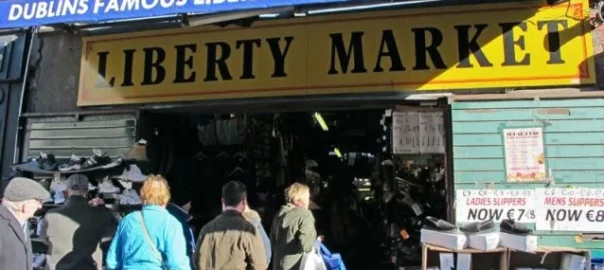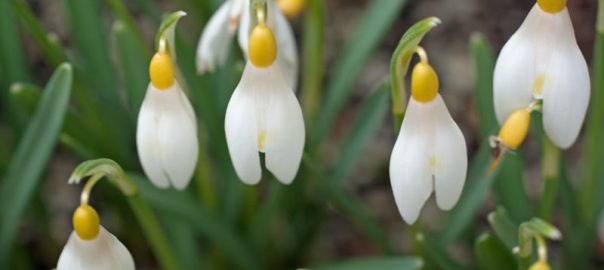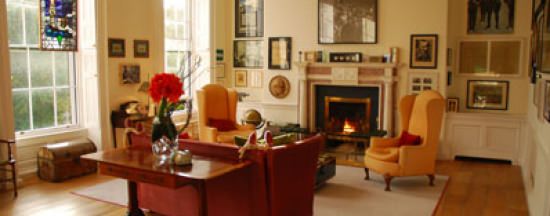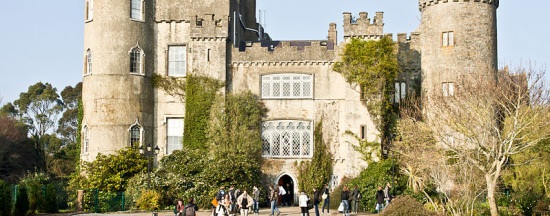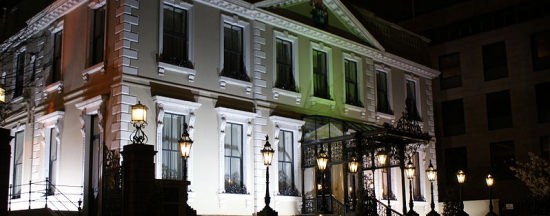The James Joyce Tower on Sandycove Point is one of a series of fifteen similar Martello towers built around Dublin in 1804 to counter the threat of an invasion by Napoleon. The design was based on that of a tower on Cape Mortella in Corsica which had resisted a British attack in 1794.
The Tower is about forty feet high with walls eight feet thick. There was a single entrance ten feet above the ground which could only be approached by ladder. On top of the tower was a gun deck with a carriage on a swivel. Its eighteen pounder cannon had a range of about a mile.
In 1904 the tower was demilitarised and put up for rent at £8 a year by the War Department. The first tenant was Oliver St John Gogarty, a medical student and budding poet, who moved in in August and invited the twenty-two-year-old James Joyce to join him. Joyce was slow to take up the invitation and did not arrive at the tower until 9 September, by which time their friendship had cooled. They were joined by Samuel Chenevix Trench, an Oxford friend of Gogarty’s.
Joyce’s stay was brief. He was chased out of the tower on the night of 14 September and never returned. A month later he left Ireland for a literary career in Europe. The first chapter of his famous novel “Ulysses”, published in 1922, was set in the tower with characters based on himself and his companions. As a result, the tower became his monument, despite the fact that Gogarty had been the tenant and that it had been visited over the years by many celebrated Irish personalities.
The tower was bought in 1954 by the architect Michael Scott. With the help of a gift of money from the filmmaker John Huston, he and his friends set up the James Joyce Museum which was opened on 16 June 1962 by Sylvia Beach, the first publisher of Ulysses. Over the years the museum collection has grown, thanks to the generosity of many donors. In 1978, an exhibition hall was added to the building and a new entrance was put in at ground level.
At one stage, it seemed that the James Joyce Tower and Museum would cease to exist, as the resources necessary to keep it open were no longer available. Thankfully, the people of Sandycove and Glasthule were not prepared to let such a catastrophe occur. An organisation of volunteers, the ‘Friends of Joyce Tower Society’, was formed with the objective of keeping the tower and its museum open. With the support of Fáilte Ireland (the tower’s current custodian), the Society now operates the tower.
Opening Hours:
Open Tues to Sun: 10am – 4pm
Contact & Pricing:
joycetower.ie
[email protected]
Tel: 01 280 9265
James Joyce Museum, Sandycove Point, Sandycove, Co. Dublin.
Admission free; donations welcome
